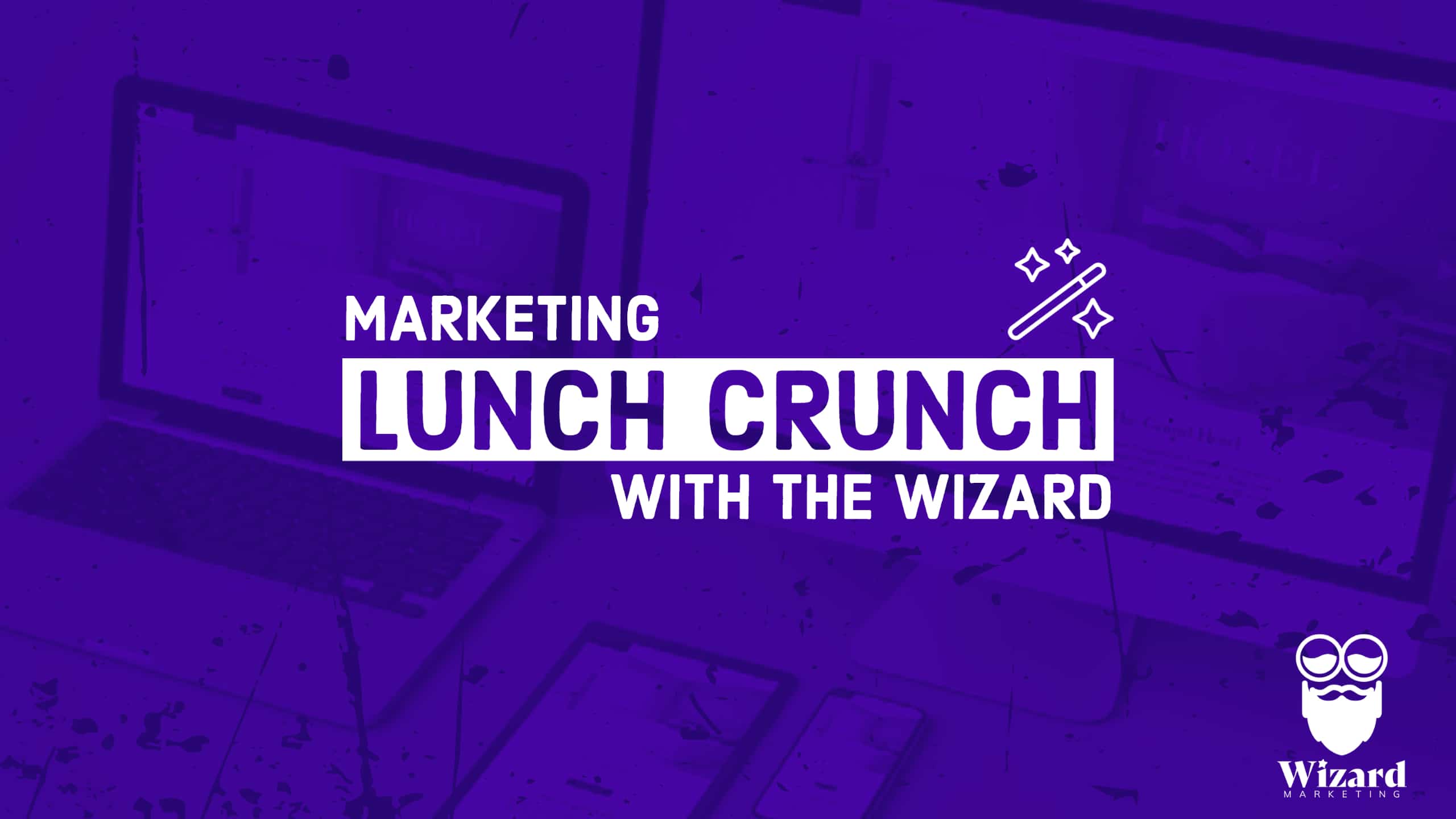Are you struggling to make your website stand out in a crowded online space? You’re not alone. Many small and medium-sized businesses find it challenging to enhance their visibility without effective SEO optimization strategies. In this post, I’ll cover key elements such as analyzing the right keywords, creating high-quality content, and building a strong backlink profile. By implementing these strategies, you’ll improve your online presence, attract more visitors, and ultimately drive growth. If you’re ready to take your website to the next level, let’s explore these essential tactics together. For more tailored support, feel free to contact us for our digital marketing services and web development solutions.
Key Takeaways
- optimizing title tags and meta descriptions enhances search rankings and visibility
- conducting regular website audits improves user experience and engagement metrics
- focusing on long-tail keywords captures user intent and reduces bounce rates effectively
- clear navigation and descriptive URLs enhance both user experience and search engine indexing
- leveraging analytics informs strategy adjustments for better SEO performance and competitive advantage
Understand the Importance of SEO Optimization Strategies for Websites

Understanding the significance of SEO optimization strategies is vital for enhancing your website’s visibility. When I focus on search engine marketing, I realize that optimizing key elements such as title tags and meta descriptions greatly influences search rankings. This foundational work allows potential customers to find my digital marketing services and web development solutions more easily.
An audit of the website is essential to identify areas needing improvement. I frequently assess site performance using our web development solutions to uncover issues that could hinder search engine visibility. By addressing these flaws with our digital marketing services, I enhance user experience and keep visitors engaged longer, which contributes to better rankings.
I also pay close attention to sitemaps and navigation. A well-structured site not only helps search engines index pages more efficiently but also allows users to navigate effortlessly. This clarity ensures that visitors can locate the information they seek, ultimately leading to higher conversion rates. For more information on our web development solutions, please contact us.
SEO optimization is the backbone of visibility. It leads us to the heart of our next task: finding the right keywords that will drive people to your website.
Analyze and Select the Right Keywords

Identifying high-performing keywords is crucial for boosting my website’s visibility. I focus on utilizing long-tail keyword strategies, which help capture user intent and reduce bounce rates. Furthermore, I leverage SEO tools for keyword research to avoid duplicate content and ensure my chosen terms effectively target my audience. Each of these elements plays a vital role in optimizing my site’s performance.
Identify High-Performing Keywords
To successfully identify high-performing keywords, I analyze online behavior and trends that resonate with my target audience. By focusing on relevant search terms linked to my services, such as “email marketing,” I can effectively enhance both brand awareness and revenue through strategic content placement. A thorough assessment of how potential customers find my web pages ensures that I leverage the most impactful keywords, attracting the right visitors and boosting engagement:
- Understand customer behavior through analytics.
- Use tools to identify trending keywords related to email marketing.
- Evaluate the impact of chosen keywords on brand awareness and revenue.
- Analyze how keywords help improve web page rankings.
Utilize Long-Tail Keyword Strategies
Utilizing long-tail keyword strategies has been vital in reaching my target market effectively. By focusing on specific phrases related to my services, such as “CSS for responsive design” or “RSS feed management,” I can resonate with user intent and improve search rankings. Long-tail keywords not only enhance my website’s architecture but also serve as a crucial resource for engaging visitors who are searching for precise solutions:
- Identify and target specific phrases that reflect user needs.
- Enhance site architecture through strategic long-tail keyword placement.
- Engage visitors by providing relevant, targeted content that addresses their queries.
- Boost search rankings by focusing on less competitive, niche keywords.
Leverage SEO Tools for Keyword Research
Leveraging SEO tools for keyword research is essential for driving organic search results effectively. I often use analytics platforms that provide insights into user behavior, helping me identify white hat strategies for targeting the right keywords. This approach ensures I stay away from black hat techniques that can harm my website’s reputation while simultaneously improving SEO on my website and attracting the right audience through well-chosen keywords.
With the right keywords at hand, the next step awaits—creating content that matters. This is where your knowledge transforms into words that engage and inform, drawing readers in for more.
Create and Publish High-Quality Content

Creating and publishing high-quality content is essential for effective web page SEO. I focus on comprehensive content that integrates relevant keywords, including anchor text, to improve visibility on search engine results pages. Additionally, I ensure my content remains relevant and updated, which supports my brand and helps increase market share through engaging and valuable information.
Focus on Comprehensive Content Creation
In my experience, focusing on comprehensive content creation is a cornerstone of effective online advertising and website keyword optimization. I prioritize crafting landing pages filled with valuable information that directly addresses my audience’s needs. This approach not only enhances user engagement but also positions my website as a trusted resource, ultimately driving more traffic and improving search rankings.
- Develop landing pages that target specific audience needs.
- Integrate keywords throughout content for SEO effectiveness.
- Ensure content is engaging and informative to boost interaction.
- Regularly update content to maintain relevance in web development.
Integrate Keywords Naturally in Your Content
Integrating keywords naturally in my content is fundamental to achieving strong relevance and enhancing user experience. For instance, referencing industry experts like Danny Sullivan provides credibility while ensuring that essential terms resonate with my audience’s needs. I also ensure to utilize the alt attribute for images effectively; this not only aids in improving search rankings but also contributes to overall customer satisfaction by making the content more accessible to all users, regardless of their server settings.
Keep Content Relevant and Updated
Keeping content relevant and updated is a key part of my content marketing strategy as it directly impacts how well I can optimize SEO on my website. I regularly analyze web analytics to determine which topics resonate with my audience and adjust my headlines to capture attention effectively. By sharing fresh knowledge and insights, I not only retain visitor interest but also improve search rankings, driving sustainable traffic to my site.
High-quality content draws visitors in, but it’s the structure of your website that keeps them engaged. A well-organized site serves as a sturdy foundation, guiding readers to what they need and inviting them to stay longer.
Optimize Your Website Structure

Implementing a clear navigation system is crucial for enhancing user experience and minimizing friction for visitors. I also focus on using descriptive URL structures, which help web crawlers index my pages efficiently and reduce the risk of spamdexing. Lastly, ensuring mobile responsiveness keeps my site accessible across devices, further boosting search engine optimization and user engagement.
Implement a Clear Navigation System
Implementing a clear navigation system is vital for enhancing user experience and fostering customer engagement. I often use tools like session replay to analyze how visitors interact with my site, allowing me to fine-tune the structure based on their behavior. This kind of strategic insight not only improves the flow of content but also supports my overall marketing strategy, enabling effective keyword research that aligns with what users are searching for on platforms like Microsoft Bing.
Use Descriptive URL Structures
Using descriptive URL structures is essential for enhancing site visibility and user experience. When I create URLs that clearly describe the content on the page, I not only aid search engines in indexing my site effectively, but I also make it easier for visitors accessing my site via a mobile device to understand the context of the information they will find. For instance, a URL like “example.com/content-delivery-network” reflects innovation and precisely indicates what the page contains, resulting in better engagement and streamlined access to relevant data from our database.
Ensure Mobile Responsiveness
Ensuring mobile responsiveness is crucial for reaching my target audience effectively. When I optimize my website for mobile devices, I improve user experience, which directly impacts on-site SEO optimization. A mobile-friendly design allows search engines to allocate better rankings and reduces bounce rates, leading to enhanced engagement that can even support my contextual advertising strategies. For example, I’ve noticed that visitors are far more likely to interact with my content when they can effortlessly navigate my site on their smartphones, which underscores the importance of implementing thoughtful design that works seamlessly across all devices.
A well-structured website leads visitors to your doors. To keep them inside, you must ensure the pages load quickly.
Enhance Page Load Speed

Optimizing page load speed is a critical aspect of my SEO strategies, directly influencing user experience and conversion rate optimization. I focus on optimizing images and media files to ensure they are lightweight, minimizing HTTP requests to reduce load times, and implementing browser caching to streamline the return visits. These steps not only enhance my advertising campaign but also improve local search visibility, attracting more visitors.
Optimize Images and Media Files
Optimizing images and media files is essential for enhancing page load speed, which is a critical aspect of effective onsite SEO. I focus on compressing images without sacrificing quality to ensure they load quickly, improving web traffic and user experience. For instance, when I redesigned a client’s site with optimized media, it not only refined their web design but also resulted in increased engagement and lower bounce rates as visitors could access content effortlessly, demonstrating the importance of a streamlined approach in one-page SEO strategies.
Minimize HTTP Requests
Minimizing HTTP requests is vital for enhancing page load speed, which significantly impacts customer experience. When I focus on reducing these requests by consolidating files—such as CSS and JavaScript—I notice faster loading times and improved site performance. This efficient use of cache not only makes my website more accessible but also encourages higher engagement rates, ultimately supporting my social media marketing efforts and boosting traffic.
Use Browser Caching
Using browser caching effectively can significantly enhance page load speed, which is crucial for optimizing your website for SEO. When I implement caching, I instruct browsers to store static resources like images and CSS files, so returning visitors enjoy faster loading times and improved usability. For instance, if a user scrolls through my site and clicks a button for more information, they won’t have to wait long for the page to load again, enhancing their overall experience and encouraging them to engage with my content further.
Page load speed is vital for keeping visitors engaged. As you focus on speed, remember that building a strong backlink profile will further solidify your online presence.
Build a Strong Backlink Profile
To improve my website’s SEO and boost online visibility, I focus on cultivating relationships for guest blogging. By participating in relevant online communities, I can share my expertise and engage with others in my field. I also utilize social media for effective link building, ensuring that my content aligns with current algorithm trends, while avoiding spamming practices.
Cultivate Relationships for Guest Blogging
Cultivating relationships for guest blogging is a strategic way to enhance my website’s backlink profile and boost online visibility in search engines. By engaging with industry experts and thought leaders, I create opportunities to share my insights while benefiting from their established audiences. This collaborative approach not only increases my site’s authority through valuable backlinks but also contributes to better pagerank and metadata optimization, ultimately attracting more consumers to my content.
Participate in Relevant Online Communities
Participating in relevant online communities is a key strategy for building a strong backlink profile. By joining forums, discussions, or even social media groups related to my industry, I can share valuable insights, promote my content, and gain authoritative hyperlinks back to my site. This engagement not only enhances my visibility but also allows me to establish relationships with others, which can lead to further opportunities for guest blogging or directory placements, effectively improving my site’s SEO and making it more discoverable through voice search and long-tail keywords:
- Engage actively in online forums to share knowledge and build connections.
- Share high-quality content that encourages others to create hyperlinks to my site.
- Participate in social media discussions relevant to my niche to increase visibility.
- Utilize online directories to enhance my presence and improve SEO rankings.
Utilize Social Media for Link Building
Utilizing social media for link building has proven to be an effective strategy in my experience. By sharing valuable content, such as white papers or insightful statistics related to marketing automation, I not only engage my audience but also encourage them to link back to my website across the world wide web. This method not only boosts my backlink profile but also enhances my brand‘s visibility and authority, demonstrating my commitment to providing useful information.
- Share valuable content on social media to engage the audience.
- Encourage backlinks through insightful articles and white papers.
- Boost visibility and authority across the world wide web.
Building a strong backlink profile is only the beginning of your journey. Next, you must keep a watchful eye on your SEO efforts to see what truly works and what doesn’t.
Monitor and Analyze Your SEO Strategies

Utilizing Google Analytics allows me to track my website’s performance and gauge the effectiveness of my SEO strategy. By adjusting my approach based on data insights, I can enhance descriptions and optimize XML sitemaps, driving a better return on investment. Additionally, I regularly review competitor strategies to ensure my content maintains its credibility and relevance in the market.
Use Google Analytics to Track Performance
Using Google Analytics to track performance is fundamental for understanding how my website interacts with users and aligns with search algorithms. By analyzing metrics such as user behavior, I can identify which content resonates most with my audience, enabling me to refine my content management system and enhance our newsletters. Additionally, I can monitor the performance of different domain names under my management, ensuring that I maximize engagement and improve visibility in search results.
Adjust Strategies Based on Data Insights
Adjusting strategies based on data insights is crucial for maintaining a good SEO website. For instance, when I notice that certain pages exhibit high bounce rates, it signals a need for improvement, perhaps in readability or content relevancy. I avoid keyword stuffing to ensure that my content remains engaging and informative, prioritizing user experience while also implementing nofollow links where necessary to manage link equity effectively.
Regularly Review Competitor Strategies
Regularly reviewing competitor strategies is a vital component of my SEO optimization efforts. Through competitor analysis, I identify effective tactics that others in my niche are employing, particularly in areas such as content creation and social media utilization. This research not only informs my approach but also sparks new concepts that I can adapt, ensuring my permalinks and content remain competitive in search results and relevant to my audience’s needs.
Conclusion
Implementing essential SEO optimization strategies is vital for enhancing your website’s visibility and engagement. By focusing on key elements like keyword selection, high-quality content, and user-friendly structure, businesses can attract the right audience and improve conversion rates. Regular monitoring and adjustment based on data insights further empower your site to compete effectively in the online landscape. Embrace these strategies to solidify your online presence and drive sustainable growth for your business.




